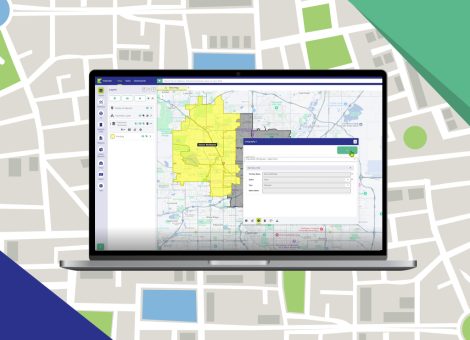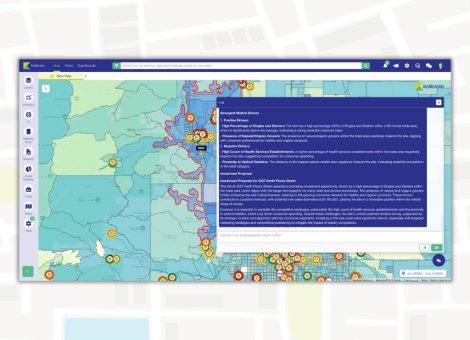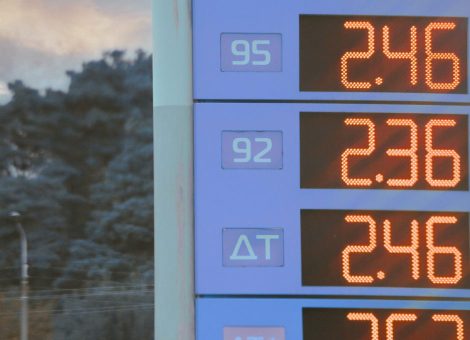The importance of customer perception and the impact on pricing
We dedicated one of the sessions in this year’s Fuel and Convenience Innovation Summit to explaining why, in the face of a pandemic, fuel pricing strategy alone isn’t enough to protect market share. The COVID-19 crisis continues to impact consumer priorities — they’ve become less attentive to fuel price, and more concerned about on-site health and safety.
What do consumers now expect from forecourt operators? How can you ensure your network remains profitable as you navigate through this period of uncertainty? Here are some measures to consider.
Medium-term actions for fuel pricing
The consumer mission may have shifted, and price been deprioritized, but you should never neglect your pricing strategy. While the climate is recovering from destructed demand, stay in your pricing lane — resist the temptation to dramatically lower prices and drive down the market, as this will only erode your own price margins on today’s sales, and damage your brand.
Consumers are relying on predictability and familiarity, so don’t be the first to break market behavior. Instead, reassess your offer in its entirety. Make in-store sales work harder for you while fuel sales are softer — as fuel demand rebounds, refocus on health and well-being trends in grocery and convenience, and how best to deliver them.
With less demand, product is staying in the ground much longer, and your costing model needs to reflect this. Your fuel cost structure should consider in-ground costs, at least temporarily, so your margin calculation is more accurate. A “first in, first out” approach (FIFO) — not increasing prices until you’ve sold the first (cheaper) batch — buys you time in an escalating market, as the cost of oil is only going to increase as demand returns.
Monitoring the competitor landscape, and reacting promptly to changes, has never been more important. To make informed decisions around acquisitions, divestments, and additional forecourt services, it is essential to establish a robust method of capturing market changes.
Volume trends analysis can assess whether your network benefited from seasonal locations boosted by “staycations”. Consumers are expected to continue vacationing in their home country, and this insight will educate volume forecasts for future holiday periods or national holidays.
As always, keep the consumer at the heart of your strategy. Reevaluate your existing promotions and consider new opportunities to reward customers. Consumer missions have changed as they default to more local, convenient options — and your product selection should be best placed to deliver margin. A small-time village operator that used to only serve the distressed when other local shops are closed, may now be the preferred destination since it allows consumers to steer clear of large-format stores with queues and high exposure to the public.
Site cleanliness
Customers expect intensified and intentional corporate citizenship from retailers, with a clean, safe environment. A recent Gasbuddy survey shows fuel prices now rank as the second most important factor in choosing a gas station, beneath cleanliness — in fact, stations with “above-average” cleanliness ratings drove 17.23% more visits than their “below-average” counterparts in Q1 2020.
Retailers who are actively prioritizing and visibly demonstrating the health and safety of employees and customers are winning new customers — and are more likely to retain them.
What measures can you quickly implement to ensure you don’t get left behind? Install perspex screens and sanitizing stations, provide gloves and tissues on forecourts, a pay-at-pump option, in-store one-way systems, and apps and technology to facilitate contactless payments. Routinely clean high-contact areas like fuel nozzles, touchscreens, and keypads — and let customers see you doing so.
Keep an eye on, and stand ready to implement, new tools and processes that will further set your site apart. Leading retailers are doing some exciting things with technology to keep interactions quick and contactless, ensuring consumers feel safe, supported, and valued.
In the UK, Asda has tested a form of queue management which allows customers to queue safely in their vehicles until it’s their turn to enter the store. Meanwhile in the US, Circle K has used vehicle registration recognition technology to deliver orders to cars faster, and offer personalized menu recommendations based on purchase history available via a loyalty app. Others are using “traffic light” systems over their store entrances to indicate capacity.
Corporate citizenship
Beyond rigorous cleanliness, customers are demanding more from brands in return for their loyalty. Consumers are defaulting to what’s local and accessible to meet their current needs, and you can appeal to their desire to avoid busy large-format stores. But you must also counter the perception of fuel grocery offerings as unhealthy ready meals: consider higher quality options, following a refreshed desire for health and wellbeing trends like plant-based products. Local produce is also increasingly popular — an Acosta report shows, among shoppers buying more local brands, 42% specifically wanted to support more local businesses now, and 69% may consider buying more local brands post-pandemic.
Promote your commitment to corporate citizenship by communicating measures to customers through social media. You can gauge your performance by monitoring your social media presence, checking online reviews, and responding proactively.
In conclusion
Keeping consumers’ requirements central to fuel retailing decisions will ensure their needs are met and help protect structural volume demand. To hear more on the best strategies to future-proof your network, watch this on-demand session from our recent Fuel and Convenience Innovation Summit: “How can you adjust your tactics to protect market share and consumer perception?”
Read more articles about:
Fuel pricingSubscribe and get the latest updates
You may unsubscribe from our mailing list at any time. To understand how and why we process your data, please see our Privacy & Cookies Policy
Related posts
Location intelligence
Right-size your franchise territories: Maximize revenue per market
Franchise territory management tools are evolving changing with advances in location intelligence.

Location intelligence
AI in location intelligence: See it in action
See videos and screen captures of how AI has been integrated into the KLI platform.

